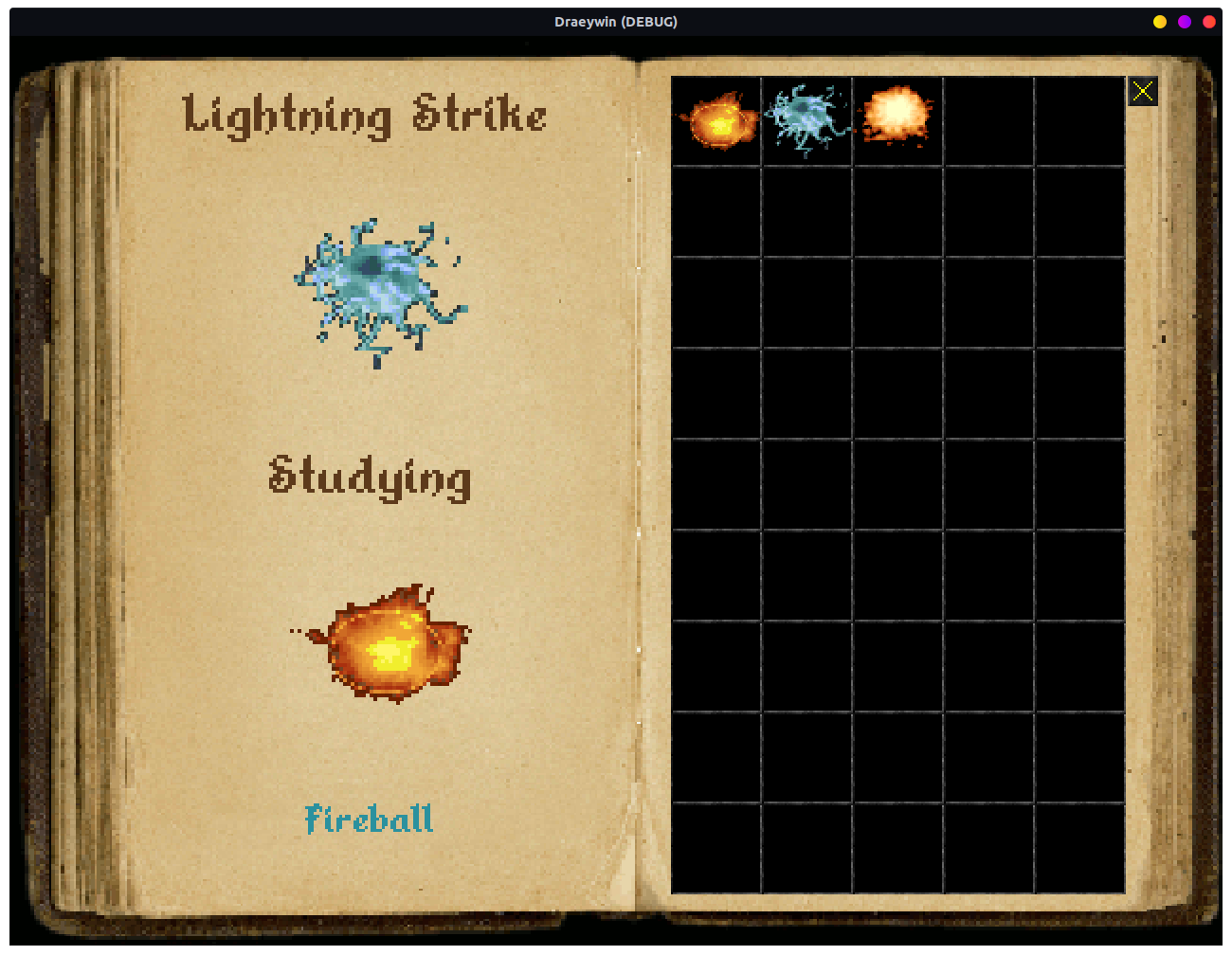Over the last couple of weeks I’d been preoccupied with other things, with the main thing being moving to Sweden! So I figured I might as well write up a blog post of one of the new features I talked about in RPG #13 - Big update of small updates, in particular the inventory system.
Design
I originally designed the cleverly named InventoryManager system to manage the player’s inventory.
But to cut down on the number of systems that I had, it eventually also took on the responsibility of managing all the items in the entire world.
And so far that it’s working out really well, if I say so myself.
Like all of the systems in my design, the InventoryManager acts as the facade to everything related to inventories.
From here I can manipulate each inventory by adding, removing, or transferring item instances based on their instance id.
An Inventory is just a collection of ItemInstances designed for quick retrieval and mutation by instance id (a unique string, a GUID at the moment).
It also has the responsibility to trigger any scripting hooks and events to allow dynamic behavior of these inventories.
An ItemInstance is a unique instance of an Item, pointing to it by its item id in the ItemDatabase.
An Item defines an item’s attributes such as id, name, slots, damage, etc.
An ItemInstance copies all these attributes and represents a unique instance of this Item.
Thus allowing these items to be e.g. customized by the player, maintain their own wear, etc.
So like many of the systems, it’s essentially just a specialized data store. It’s very easy to interact with using scripting, and also very easy to persist and restore from disk. Perhaps I should be looking into writing (or integrating) an embedded document store for all of this (but I’m getting ahead of myself).
This has proved to be quite flexible as I’ve used inventories for more than just the player inventory.
Usage
Obviously, the player’s inventory is implemented using this system.
For now, the player can only own one inventory, so I’ve just hardcoded the player inventory to be that of the player.

It’s containers that are in the world such as chests, barrels, etc.
Having them available through the InventoryManager makes it easy to access them through scripting at any point in time.
Being able to put Scripts on inventories makes it easy to e.g. trigger traps, generate random contents, etc.
Next, I’m using inventories for stores.
A store simply displays an inventory.
When a player sells or buys the items are simply transferred from one inventory to another.
Again a Script may be used to e.g. restock and store dynamically.

Finally, and this is a bit of a hack, I’m using inventories for the player spellbook.
Since spells are something that the player can wield, they are simply implemented as items (weapon to be exact).
So rather than invent another system I’ve created a dedicated players_spellbook inventory that contains all the player’s spells.
This inventory is only shown in the game through the spellbook screen.

Conclusion
So far I’m quite pleased with how the InventoryManager works.
I don’t expect any major changes in the overall design, except maybe the item prototyping system, simply because I haven’t used this feature in the game yet.